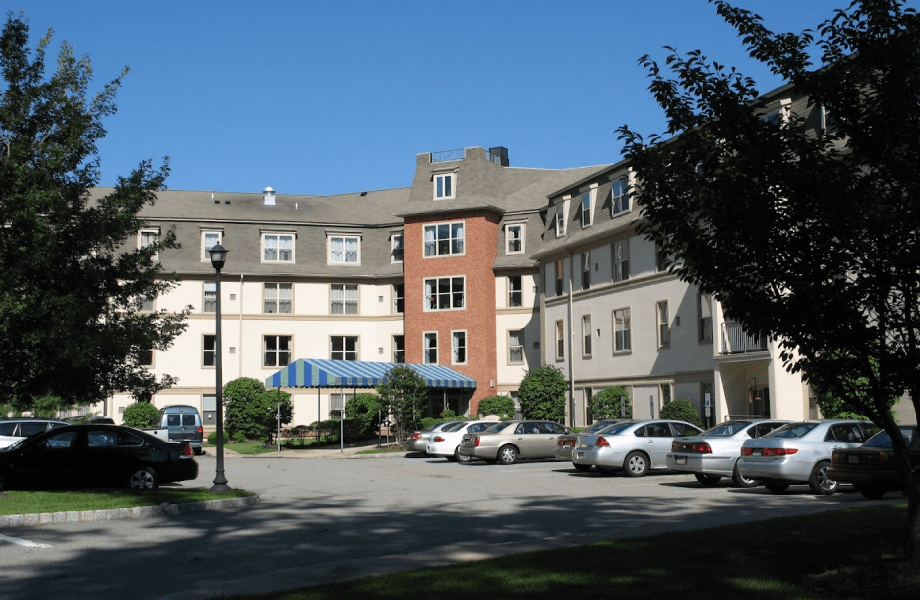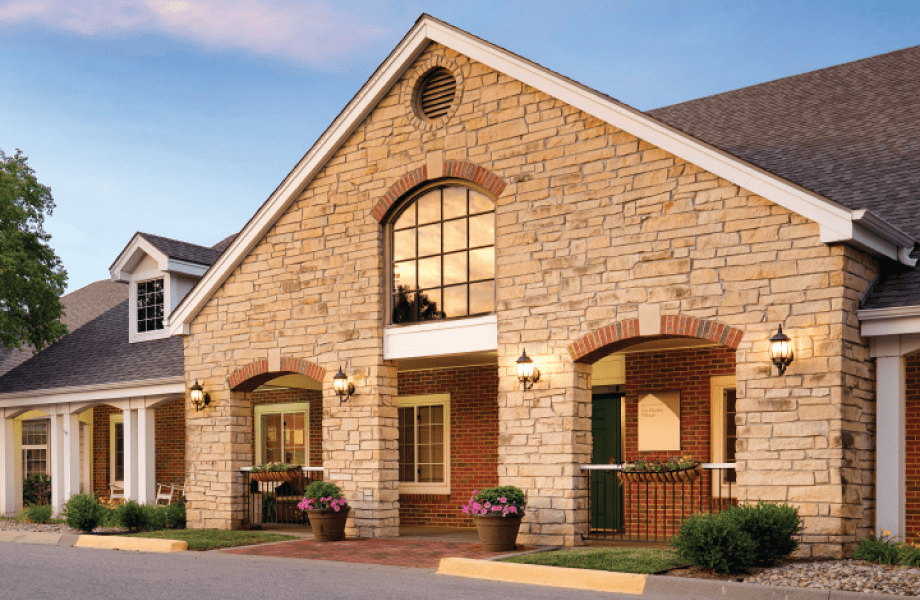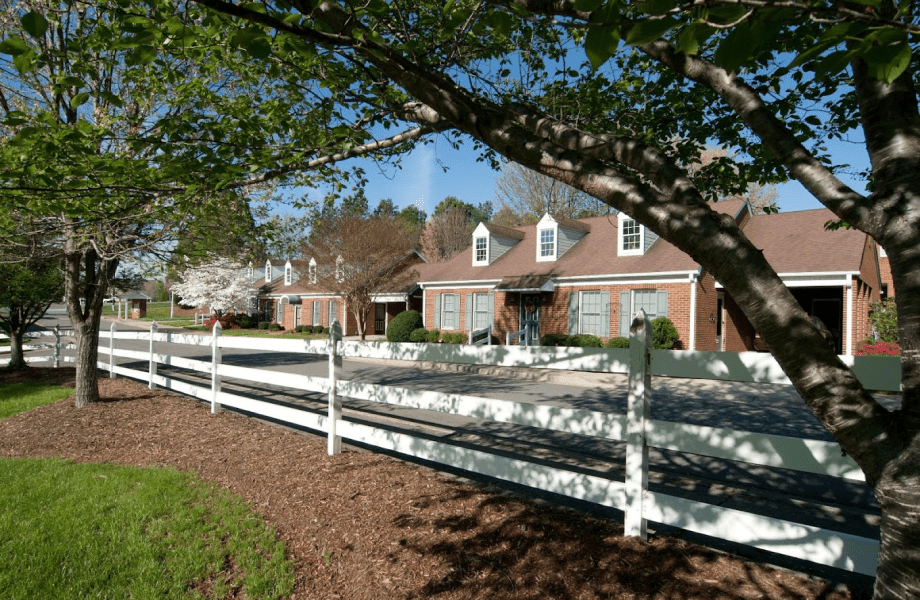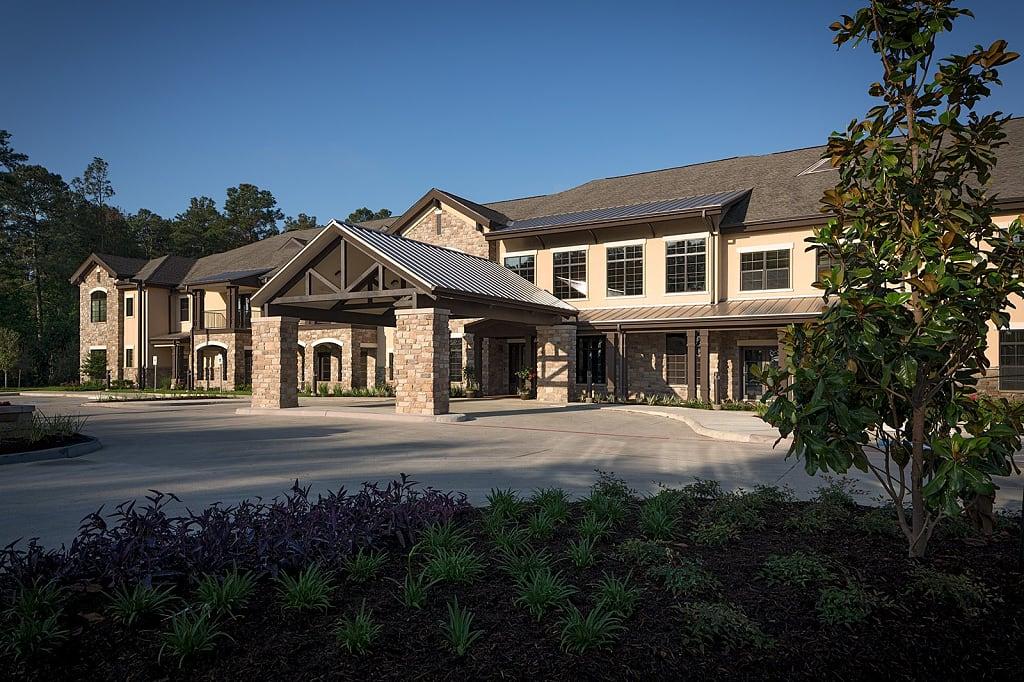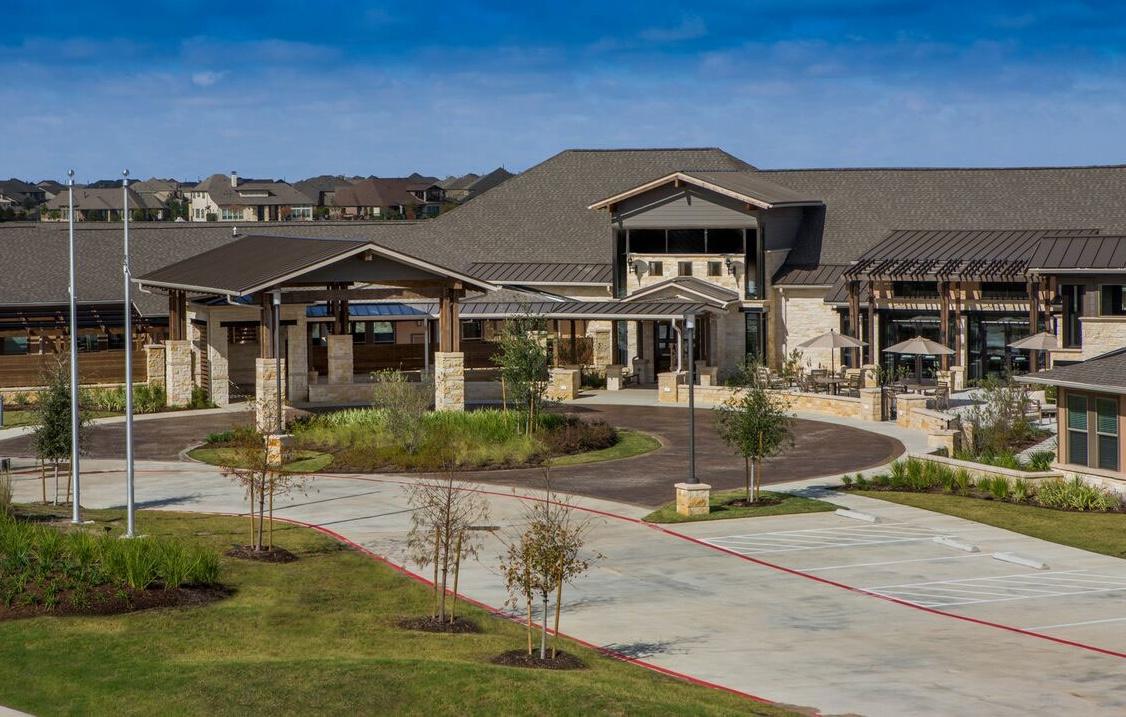Caspar's patient-centric AI identifies 20+ health & wellness markers without requiring patient involvement.
Empower your staff with a comprehensive 24/7 view of the patient. Reduce risks, avoid costly hospital re-admissions, and increase top-line revenue with reimbursements.
Contactless Sensing
Respiration & heart rate without patient involvement – No cameras or wearables.
Proactive Care
Early detection of diseases with 20+ health & wellness markers.
Improved Outcomes
Empower staff to provide care effectively while increasing top-line revenue.
Our Solutions
Vitals Mgmt
Contactless vitals management
Care Reports
AI-driven care plan reports
Bed Care
Real-time bed care solution
Awards & Recognition
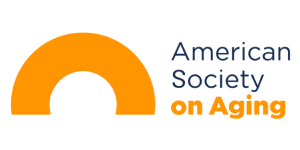
Winner - AgeTech Innovation Challenge

Top 100 AI Startups

Innovation Award
Let's talk about your goals
Customized solutions for remote healthcare providers, RPM/RTM providers, virtual care & telehealth providers, and skilled nursing providers.





